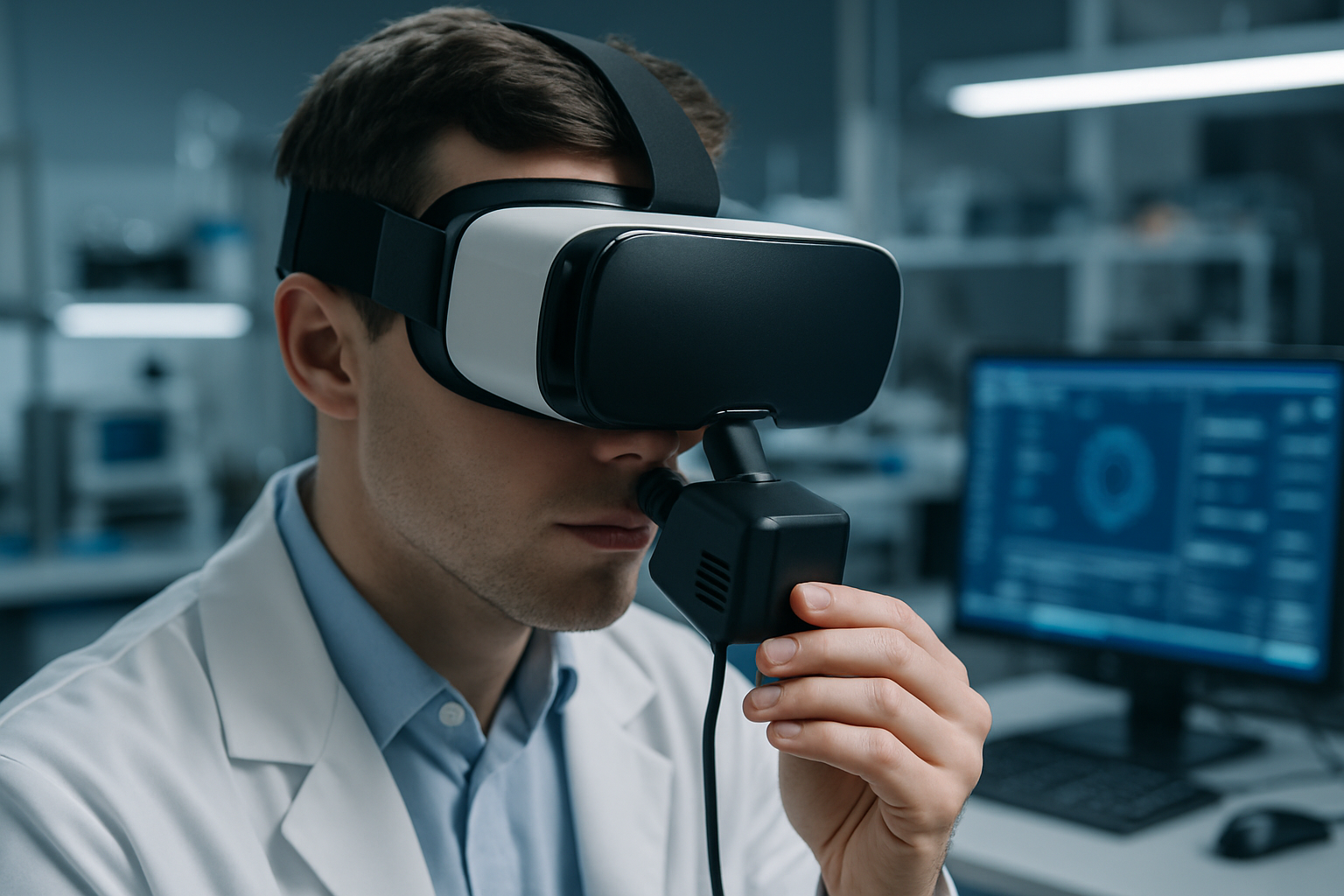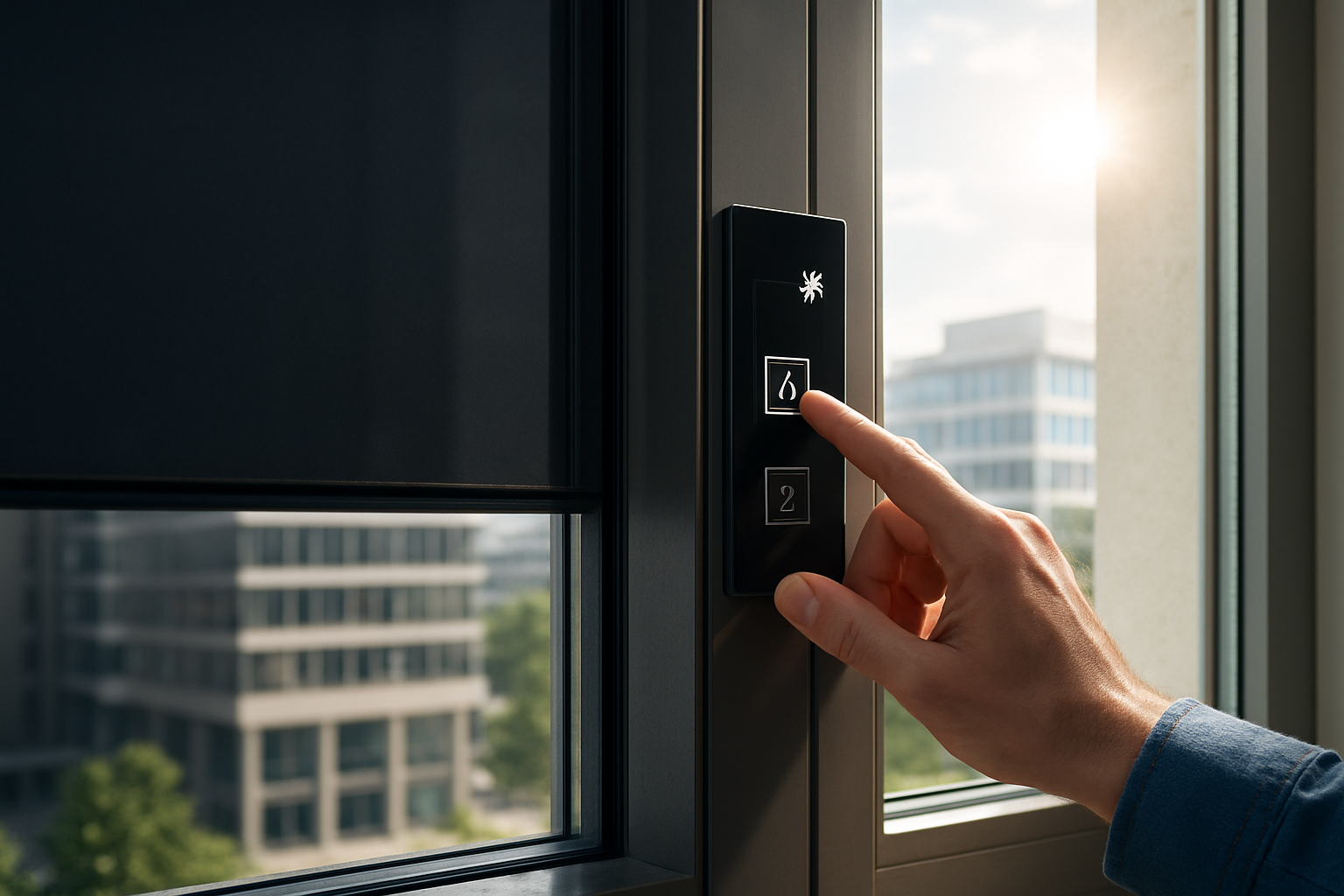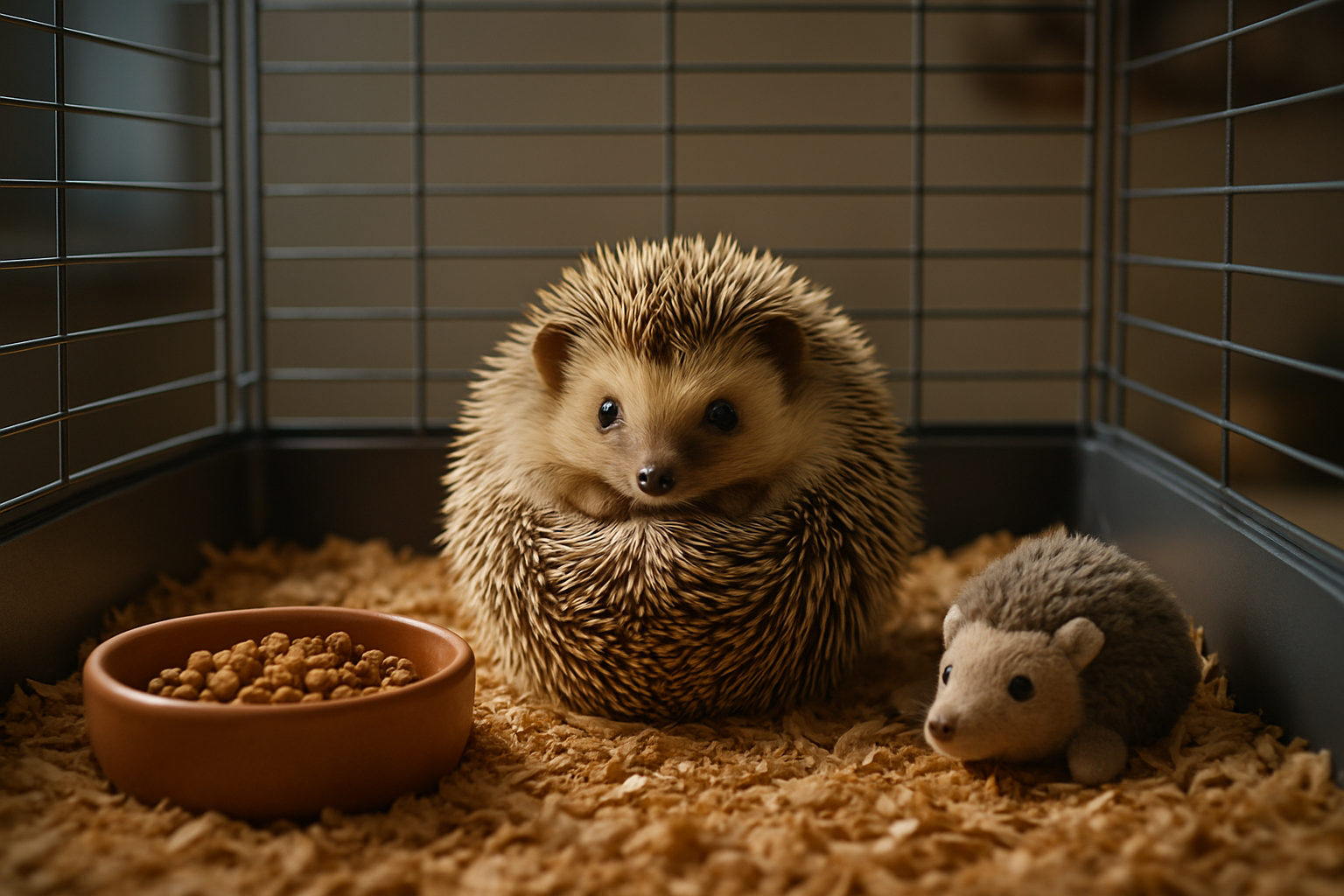"Breaking Barriers: The Advent of Digital Smell Technology"
In a world where technology has seamlessly integrated into every aspect of our lives, a new player has entered the field—digital smell technology. This groundbreaking innovation has the potential to revolutionize our interaction with devices, opening up a whole new sensory dimension. From enhancing virtual reality experiences to diagnosing diseases, digital smell technology is set to change the game.

What Is Digital Smell Technology?
Digital smell technology, or olfactory technology, aims to recreate scents and smells through electronic devices. It’s an advancement that seemed straight out of a science fiction novel until a few years ago. This technology relies on a complex process of generating smell codes, which are then transformed into scents through a series of chemical reactions.
From Fiction to Reality: The History of Digital Smell Technology
The concept of digital smell technology isn’t new—it dates back to the 1950s with the invention of Smell-O-Vision, a system that released odors during film screenings. However, the idea failed to take off due to technical difficulties.
Fast forward to the 21st century, researchers started to explore the potential of digital smell technology, driven by the rise of virtual and augmented reality. In 2019, a team at the City University of London developed the first real-time digital smell technology, marking a significant milestone in this field.
The Current Scenario: Digital Smell Technology in 2022
Today, digital smell technology is still in its infancy but is quickly gaining traction. Companies are exploring ways to incorporate this technology into various devices to enhance user experience. The most notable development comes from the VR industry, where digital smell technology can make virtual experiences more immersive.
Market Impact and Pricing of Digital Smell Technology
While it’s too early to predict the exact market size of digital smell technology, it’s clear that its potential is vast. Given its applicability across industries—from entertainment to healthcare—the technology could command a hefty price tag. However, as with most tech products, prices are likely to drop as the technology matures and becomes more mainstream.
The Future: Where Is Digital Smell Technology Headed?
The potential applications of digital smell technology are countless. In the medical field, it could be used to diagnose diseases based on the patient’s breath. In the food industry, it could help create personalized flavor profiles. And in the world of entertainment, it could make virtual environments truly immersive.
Digital smell technology opens up a world of possibilities, bringing us one step closer to a future where our digital experiences engage all our senses. As we continue to push the boundaries of what’s possible, one thing is clear: the future of technology smells exciting.





